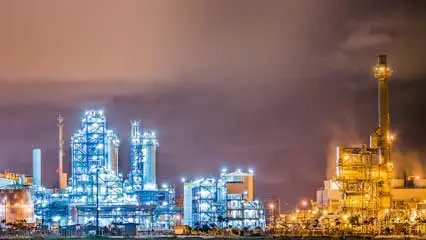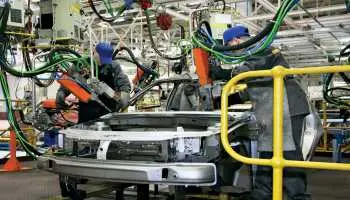A digital interface called an HMI (Human-Machine Interface) Turbine Control System enables operators to communicate with and manage turbine operations in power plants. To guarantee the best possible performance, safety, and efficiency of turbines, it offers real-time visualization, data monitoring, and control features. These systems show vital data like temperature, pressure, and speed on easy-to-use screens, facilitating prompt decision-making. Through automation and intelligent controls, HMI systems streamline intricate turbine processes in both conventional and renewable energy configurations. HMI turbine control systems are becoming more and more crucial to contemporary power generating as energy demands rise and technology develops.
Drivers: The growing demand for automation, operational efficiency, and real-time monitoring in power generation is propelling the market for HMI Turbine Control Systems. Power plants are using sophisticated turbine control systems to increase output and lower operating risks as the world's energy demands rise. The capabilities of HMI systems have been further improved by the integration of digital technologies like IoT and AI, making them essential components of contemporary energy infrastructure. Furthermore, the need for advanced turbine management systems to ensure steady and effective plant performance has increased due to the drive toward renewable energy sources and the upgrade of outdated power grids.
Challenges: There are a number of obstacles facing the HMI Turbine Control System market, despite its encouraging growth. Adoption may be hampered by high upfront investment costs and difficult integration procedures, particularly for small and medium-sized power companies. Legacy system compatibility problems frequently necessitate more customisation, which adds time and expense. Additionally, the market is vulnerable to cybersecurity threats and regulatory ambiguities related to digital control systems. Another major obstacle is a shortage of qualified workers to oversee and maintain sophisticated HMI systems, especially in developing nations. All of these elements work together to limit the quick and extensive adoption of HMI turbine control systems.
Market Trends: Key trends in the HMI Turbine Control System market are indicative of the energy sector's overall move toward sustainability and digitization. The use of cloud-based control systems, which provide remote monitoring and diagnostics, is one notable trend that increases flexibility and decreases downtime. Additionally, data analytics-driven predictive maintenance capabilities that assist foresee breakdowns and maximize performance are gaining popularity. In order to improve operator engagement, user-friendly interfaces with touchscreen and smartphone compatibility are becoming commonplace. A more decentralized and robust energy infrastructure is also being supported by the growing integration of HMI systems with hybrid turbines and renewable energy sources.
Global HMI Turbine Control System Market Key Players:
ABB, Andritz, Danfoss, DEIF, Eaton, Emerson Electric, Ethos Energy Group, General Electric, Heinzmann, and Honeywell International are just a few of the major market players that are thoroughly examined in this market study along with revenue analysis, market segments, and competitive landscape data.
Global HMI Turbine Control System Market Segmentation:
By Product: Based on the Product, Global HMI Turbine Control System Market is segmented as; Steam Turbine Control System, Gas Turbine Control System, Hydro Turbine Control System, Wind Turbine Control System, Others.
By Function: Based on the Function, Global HMI Turbine Control System Market is segmented as; Speed Control, Temperature Control, Load Control, Pressure Control, Others.
By Region: This research also includes data for North America, Latin America, Asia-Pacific, Europe, Middle East & Africa.
This study also encompasses various drivers and restraining factors of this market for the forecast period. Various growth opportunities are also discussed in the report.





































